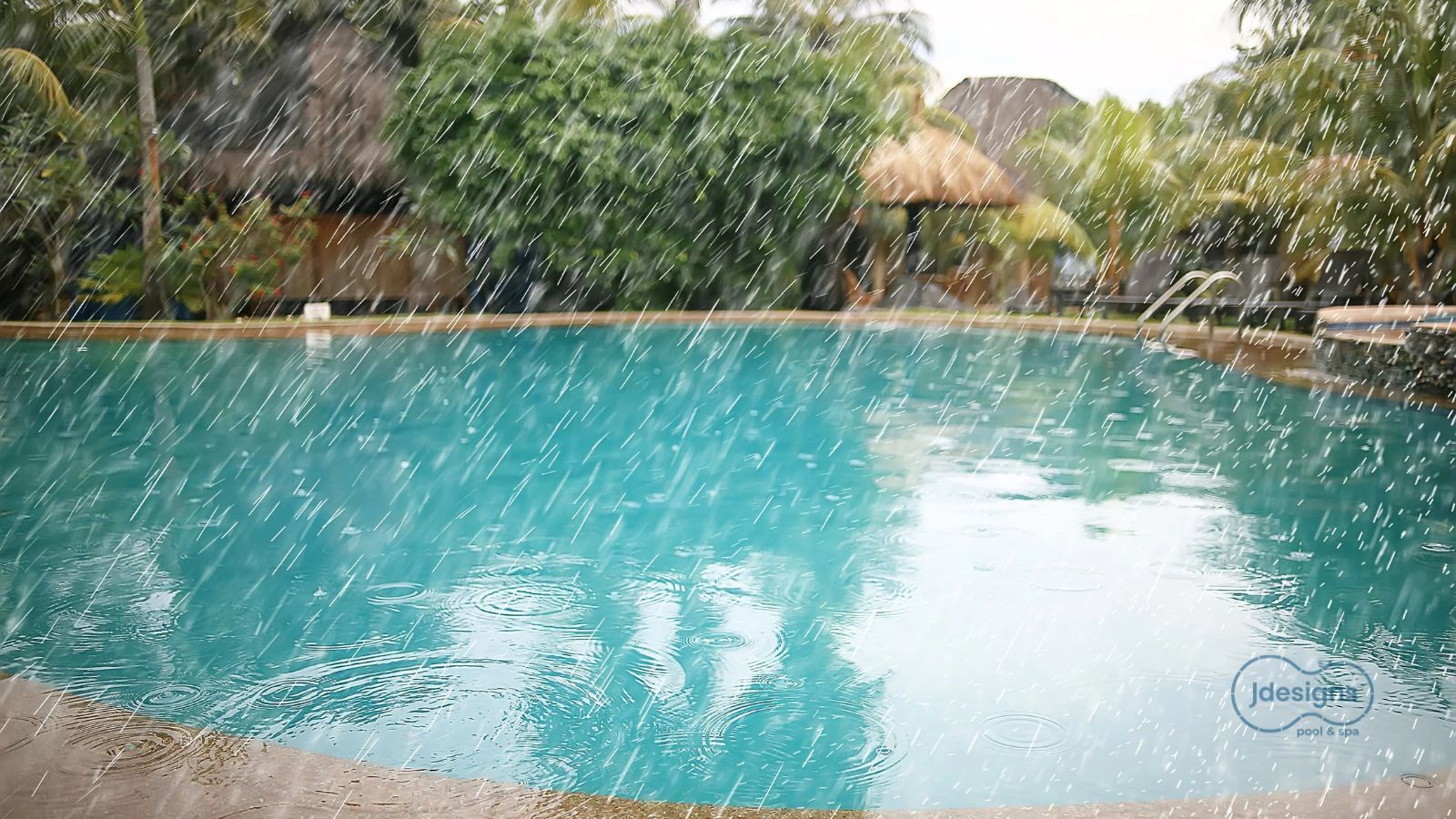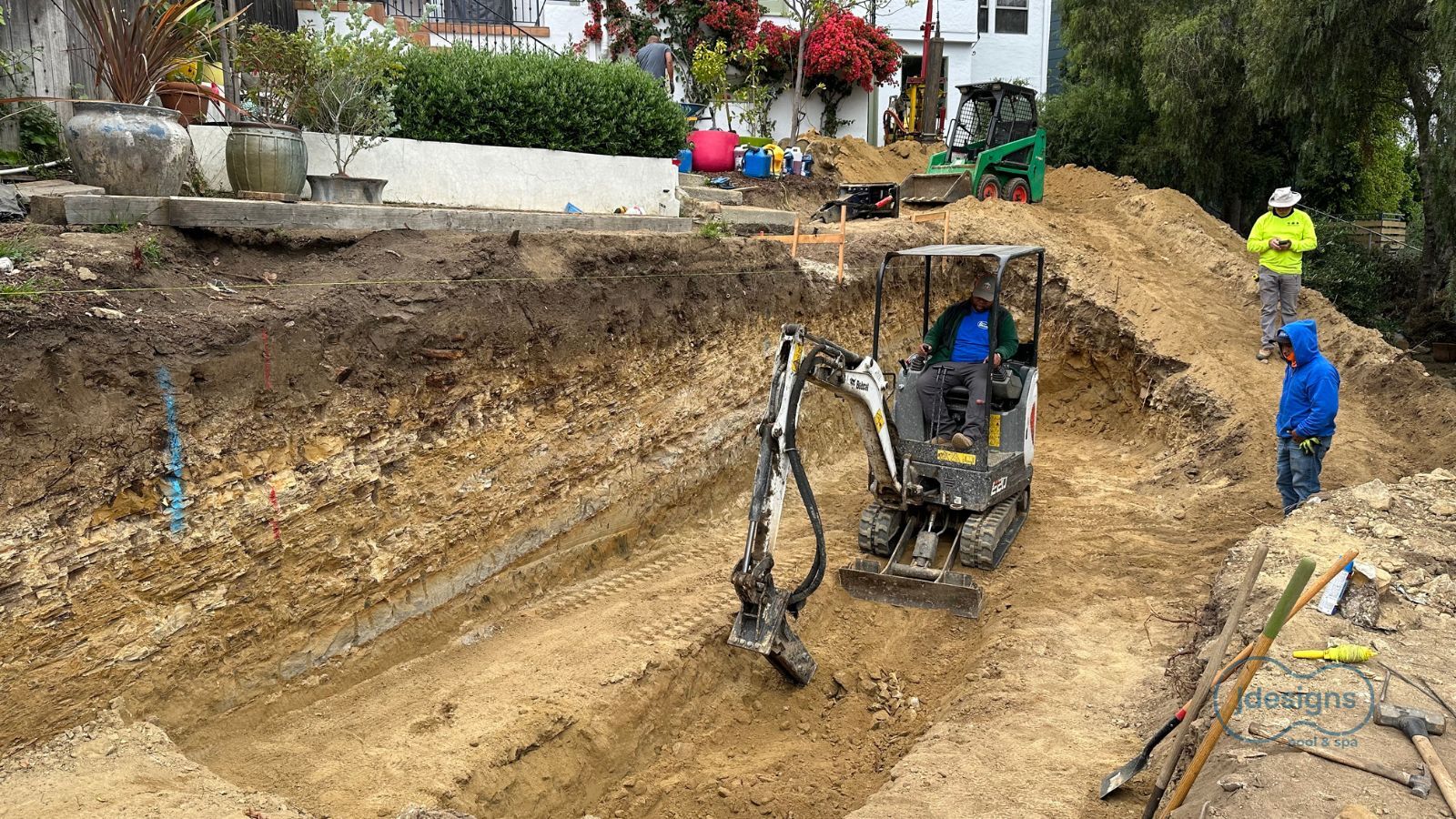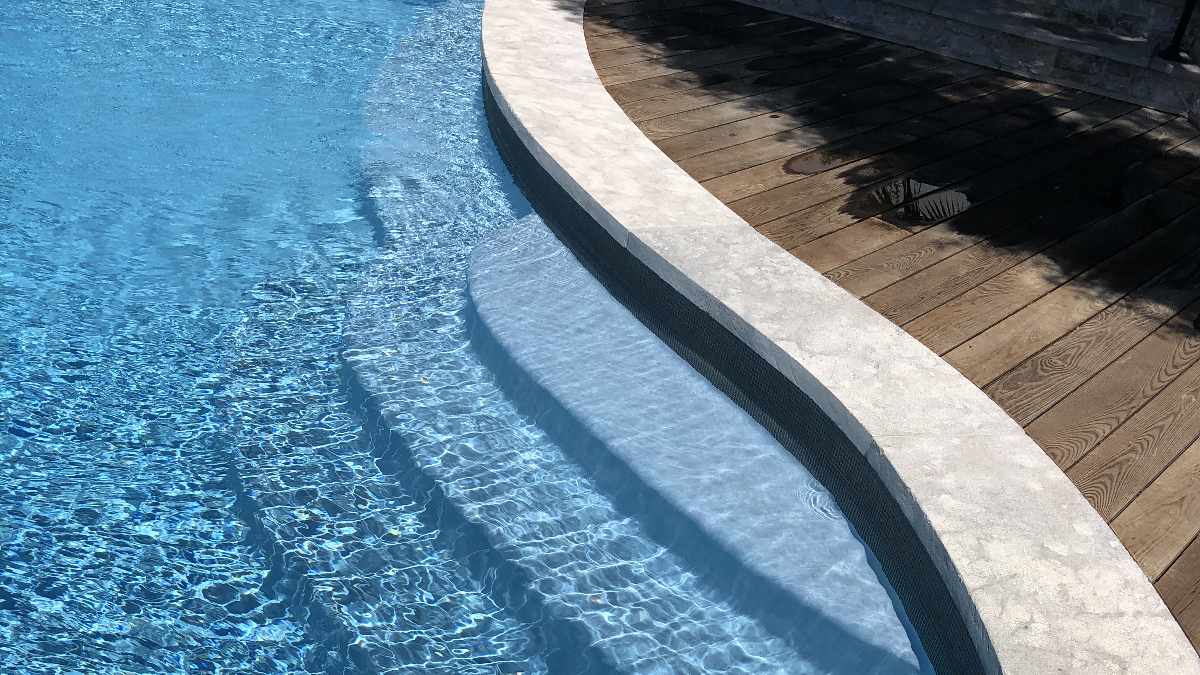Is Your Pool Ready for the Next Storm? How to Prevent the pool to Overflow
Pool Overflows After Heavy Rain and How to Lower Your Pool's Water Level
3 min read
Daniela Escudero
:
Jun 28, 2025

Swimming pools aren’t just for splashing around—they’ve been shaping architecture for thousands of years! From ancient civilizations to modern backyards, pools have evolved into stunning works of design, blending fun, relaxation, and even technology. Let’s dive into the history of pools and see how they became the stylish backyard features we love today!

The first pools weren’t built for fun—they were made for religious rituals, hygiene, and social gatherings. Over 5,000 years ago, the people of Mohenjo-Daro (in present-day Pakistan) created the Great Bath, a massive pool built with bricks and sealed with natural tar to keep it from leaking. It was likely used for special ceremonies rather than cooling off on a hot day.
Fast forward to ancient Egypt, and pools became fancy status symbols. Wealthy families built large, rectangular pools surrounded by beautiful gardens, filled with fish and lotus flowers. These early pools were more about relaxation than recreation.
Then came the Greeks and Romans, who took pool design to a new level. The Romans built enormous public bathhouses, known as thermae, with heated floors, mosaic decorations, and even domed ceilings! Eventually, private pools (piscinae) became a sign of wealth, appearing in the luxurious villas of the elite.
![Copy of Copy of [TEMPLATE] Horizontal Blog Visual (1)](https://www.jdesigns.com/hs-fs/hubfs/History%20blog/Copy%20of%20Copy%20of%20%5BTEMPLATE%5D%20Horizontal%20Blog%20Visual%20(1).jpg?width=421&height=316&name=Copy%20of%20Copy%20of%20%5BTEMPLATE%5D%20Horizontal%20Blog%20Visual%20(1).jpg)
For centuries, pools were a luxury that only the richest people could afford. That changed in the mid-1900s when new construction techniques made it easier to build pools in backyards. After World War II, suburban living became popular, and with it, the dream of having a personal pool.
In the 1950s and ‘60s, pools became part of the glamorous Hollywood lifestyle. They appeared in
.jpg?width=301&height=226&name=History%20Horizontal%20Blog%20Visual%20(1).jpg) movies, fashion magazines, and celebrity homes. Architects like Richard Neutra and John Lautner designed modern homes where pools blended seamlessly with indoor and outdoor spaces. The Kaufmann Desert House in Palm Springs is a perfect example—its sleek pool reflects the surrounding mountains, making it a work of art!
movies, fashion magazines, and celebrity homes. Architects like Richard Neutra and John Lautner designed modern homes where pools blended seamlessly with indoor and outdoor spaces. The Kaufmann Desert House in Palm Springs is a perfect example—its sleek pool reflects the surrounding mountains, making it a work of art!
During this time, gunite (a special type of sprayed concrete) made pool construction easier and more affordable. People also started designing freeform pools that looked like natural lagoons, turning their backyards into tropical getaways.
 Photo courtesy of McClean Architects
Photo courtesy of McClean Architects
Today, pools are not just add-ons to homes—they’re a big part of the overall design! Architects and designers use pools to create stunning visual effects, like:
Infinity pools: Also called vanishing edge pools, these make the water look like it’s blending into the horizon.
Overflow perimeter pools: Some pools now have no edge and water disappears in small slats or drains in the floor, making them look like the wager is floating.
Cantilevered pools: These pools hang over buildings or cliffs, creating a breathtaking floating effect.
New materials have also transformed pool designs. While classic tile and plaster are still popular, polished stone and glass finishes give pools a more natural, high-end look. LED lighting lets homeowners change the water’s color, making pools glow at night with cool effects.

Pools are getting smarter and more eco-friendly! New technology helps pools stay clean and energy-efficient with minimal effort. Some cool innovations include:
Smart pool automation: Apps can now control pool temperature, lighting, and cleaning schedules with just a tap on your phone.
Energy-saving equipment: Variable-speed pumps, LED lights, and solar-powered heaters help reduce electricity costs.
Natural pools: These pools use plants and biofilters instead of chlorine to keep the water clean, creating a self-sustaining ecosystem.
Some homeowners even install rainwater collection systems and special pool covers to save water and prevent evaporation. As sustainability becomes more important, pools are designed to be as environmentally friendly as they are beautiful.
Pools today are more than just a place to swim—they’re architectural masterpieces. Designers use water as a key element in shaping outdoor spaces, creating features like:

Reflecting pools: These calm, shallow pools mirror the sky or nearby buildings, adding elegance to a space.
Sunken lounges: Seating areas built into pools let you relax in the water without getting fully submerged.
Fire-and-water combos: Pools with floating fire pits or water fountains create a dramatic, luxurious feel.
Acrylic windows: Modern pools can feature transparent acrylic panels that replace a wall or even part of the floor, creating a mesmerizing three-dimensional sensory experience for swimmers. This architectural detail not only enhances the aesthetics of a pool but also integrates water as a dynamic design element, making it a breathtaking focal point in any space.

Swimming pools have come a long way from ancient ceremonial baths to high-tech backyard escapes. As architecture, technology, and sustainability evolve, pools will transform into even more breathtaking designs. Whether it’s an infinity pool hanging off a cliff or a simple backyard retreat, one thing is certain—water will always be a powerful and beautiful part of how we design our spaces!
When it comes to planning, our team of designers and architects can help make your dream a reality so you can enjoy a unique outdoor space with your loved ones. Use the link below for a free in-home consultation.

Pool Overflows After Heavy Rain and How to Lower Your Pool's Water Level

The Hidden Soil Risks That Can Destroy Your Pool and Budget Why a Proper Soils Exploration Is Critical Before Building a Pool: A homeowner’s guide to...

Why Pool Coping Fails - How to Avoid Expensive Repairs If you’re planning a new pool or renovating an older one, it’s completely normal to feel...